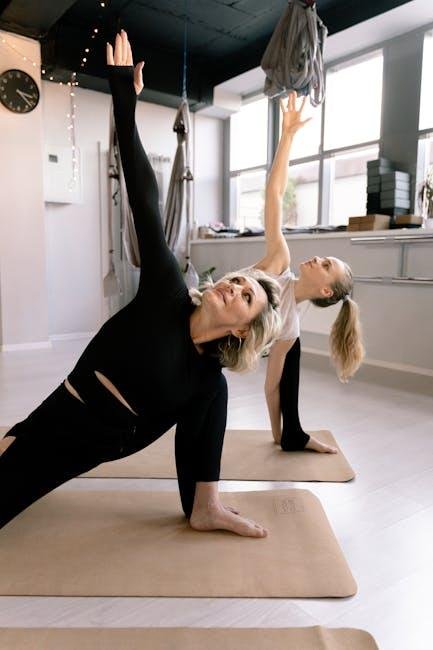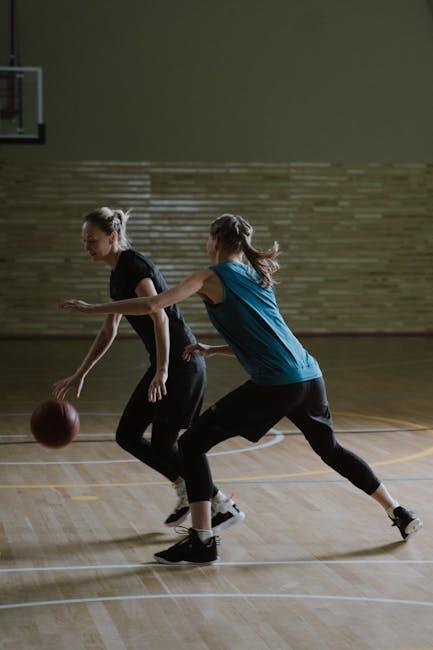Unlock Your Best Performance: The Art of Warming Up Before a Workout
In the world of fitness, the path to achieving your goals often hinges on one crucial yet frequently overlooked ritual: warming up.Picture this: you’re gearing up for a grueling session at the gym or a refreshing jog in the park, but have you taken the time to prepare your body for the challenge ahead? Just as a masterful musician tunes their instrument before a concert, athletes and fitness enthusiasts alike must prime their bodies to achieve peak performance and prevent injury. A proper warm-up goes beyond mere routine; it serves as an essential bridge between inactivity and the demands of a workout. In this article, we will explore the importance of warming up, effective techniques to incorporate into your regimen, and the myriad benefits that await those who take this vital step seriously. Whether you’re a seasoned pro or a newcomer to the fitness scene, understanding how to warm up properly can transform your workout experience and set the stage for success.
Understanding the Importance of Warming Up for Optimal Performance
Warming up is an essential step in any workout regime, acting as a crucial bridge between your rest state and peak performance. engaging in dynamic movements elevates your heart rate and improves blood flow to the muscles, making them more pliable and ready for action. This preparation not only enhances versatility but also reduces the risk of injuries, allowing you to push your limits effectively. Studies suggest that individuals who incorporate a proper warm-up routine tend to experience less muscle soreness post-workout and enjoy a more efficient performance overall.
To maximize the benefits of your warm-up, consider integrating a variety of exercises that target different muscle groups. Here’s a simple yet effective warm-up routine you might follow:
| Exercise | duration | Muscle Group Targeted |
|---|---|---|
| Jogging in Place | 3 minutes | Full body |
| Arm Circles | 2 minutes | Shoulders |
| Leg Swings | 2 minutes | Legs |
| Dynamic Lunges | 3 minutes | Legs,Core |
| Walking High Kicks | 2 minutes | Hamstrings,Hip Flexors |
By incorporating these simple yet effective exercises into your routine,you set the tone for a successful workout. A thorough warm-up can increase your stamina and improve your athletic performance, all while keeping your body safe and prepared for the challenges ahead.

Essential Dynamic Stretching Techniques to Enhance Flexibility and Mobility
Incorporating dynamic stretching into your warm-up routine is vital for improving your overall flexibility and mobility. These techniques not only prepare your muscles and joints for the physical demand of a workout but also help in reducing the risk of injury. Start with some high-knees, focusing on driving your knees toward your chest while maintaining an upright posture. Follow this with arm circles to loosen the shoulder joints, ensuring that you perform both forward and backward motions to cover all range. Transitioning into leg swings, you can swing one leg back and forth, eventually switching legs, which encourages effective hip mobility.
Another essential dynamic stretching technique is the walking lunges.Take a step forward, lowering your body into a lunge while keeping your front knee over the ankle. To further engage the core and stabilize the body, incorporate lateral lunges where you step out to the side. Other recommended movements include butt kicks,where you jog in place and bring your heels up to touch your glutes,and toy soldiers,which involve kicking your legs up straight while attempting to touch your toes. utilize these stretches to enhance your warm-up and pave the way for a more productive workout.

Incorporating Sport-Specific Movements into Your Warm-Up Routine
To enhance the effectiveness of your warm-up, consider including movements that directly mimic the actions involved in your sport or workout.This tailored approach not only prepares your muscles for the specific demands of your activity but also helps prevent injuries by increasing neuromuscular coordination. For instance,a runner might incorporate high knees or butt kicks,while a basketball player could benefit from lateral shuffles and jumping drills. The key is to focus on dynamic stretches and movement patterns that engage the muscle groups you will utilize during your workout.
Here are some sport-specific movements you can integrate into your routine:
- Soccer: Perform cone dribbles and side lunges to simulate game movements.
- Swimming: Execute arm circles and torso twists to loosen up your upper body.
- Weightlifting: Incorporate bodyweight squats and kettlebell swings to activate major muscle groups.
- Tennis: Use shadow swings and quick footwork drills to prepare for rapid direction changes.
Utilizing a warm-up table that outlines your sport-specific routines can definitely help structure your program effectively:
| Sport | Warm-Up Movements |
|---|---|
| Soccer | High knees, leg swings |
| Basketball | Defensive slides, jump stops |
| Running | Walking lunges, high skips |
| Cycling | Gradual gear shifts, seated leg extensions |

Strategic Warm-Up Plans for Different Types of Workouts
To effectively prepare your body for different types of workouts, it’s essential to tailor your warm-up routine to the specific demands of the exercise you plan to perform. Such as, if you’re gearing up for a strength training session, concentrate on activating the major muscle groups involved. Begin with dynamic stretches such as arm circles, leg swings, and hip openers to promote blood flow. follow it up with specific movement patterns related to your lifts, like bodyweight squats or light deadlifts to prime the neuromuscular pathways.
On the other hand, if you’re preparing for a cardiovascular workout, such as running or cycling, your warm-up should gradually increase your heart rate. Start with brisk walking or light jogging for 5 to 10 minutes. You can include mobility exercises like ankle rolls and walking lunges to enhance joint flexibility and prevent injuries. It’s also beneficial to integrate sport-specific drills, such as high knees or butt kicks, to prepare your body for the intensity of the workout. Here’s a simple table format for quick reference:
| Workout Type | Warm-Up Activities |
|---|---|
| Strength Training |
|
| Cardiovascular Exercise |
|
Future Outlook
As we wrap up our exploration of the vital process of warming up before a workout,it’s clear that this frequently enough-overlooked segment holds the key to unlocking your full potential. Just as a finely tuned engine requires careful preparation before it roars to life, so too does your body benefit from a thoughtful and purposeful warm-up routine. By incorporating dynamic stretches, mobility exercises, and a gradual increase in intensity, you’re not only setting the stage for a more effective workout but also safeguarding your body against injury.
Remember, warming up is not merely a box to tick off on your fitness checklist, but an essential ritual that honors the remarkable capabilities of your body. So the next time you lace up your sneakers, take a moment to appreciate the power of a well-executed warm-up. As you transition from calm to energetic,you’ll find that your workouts become more enjoyable,productive,and rewarding. Here’s to a healthier, stronger you—one warm-up at a time!
